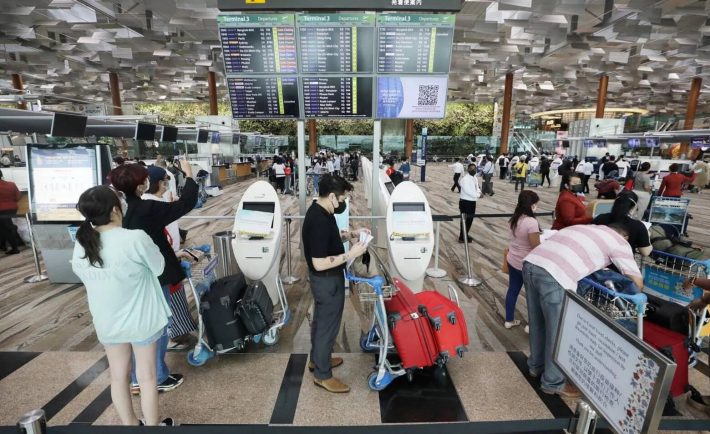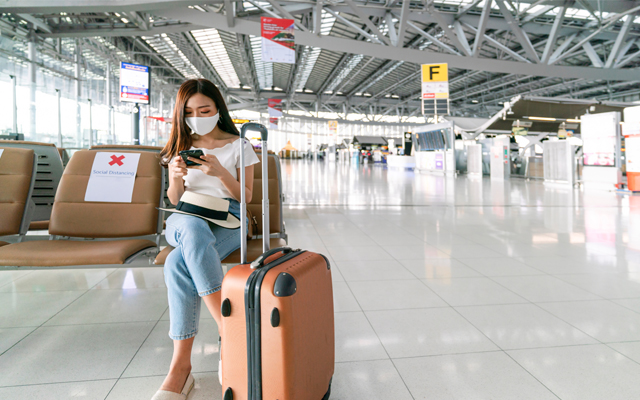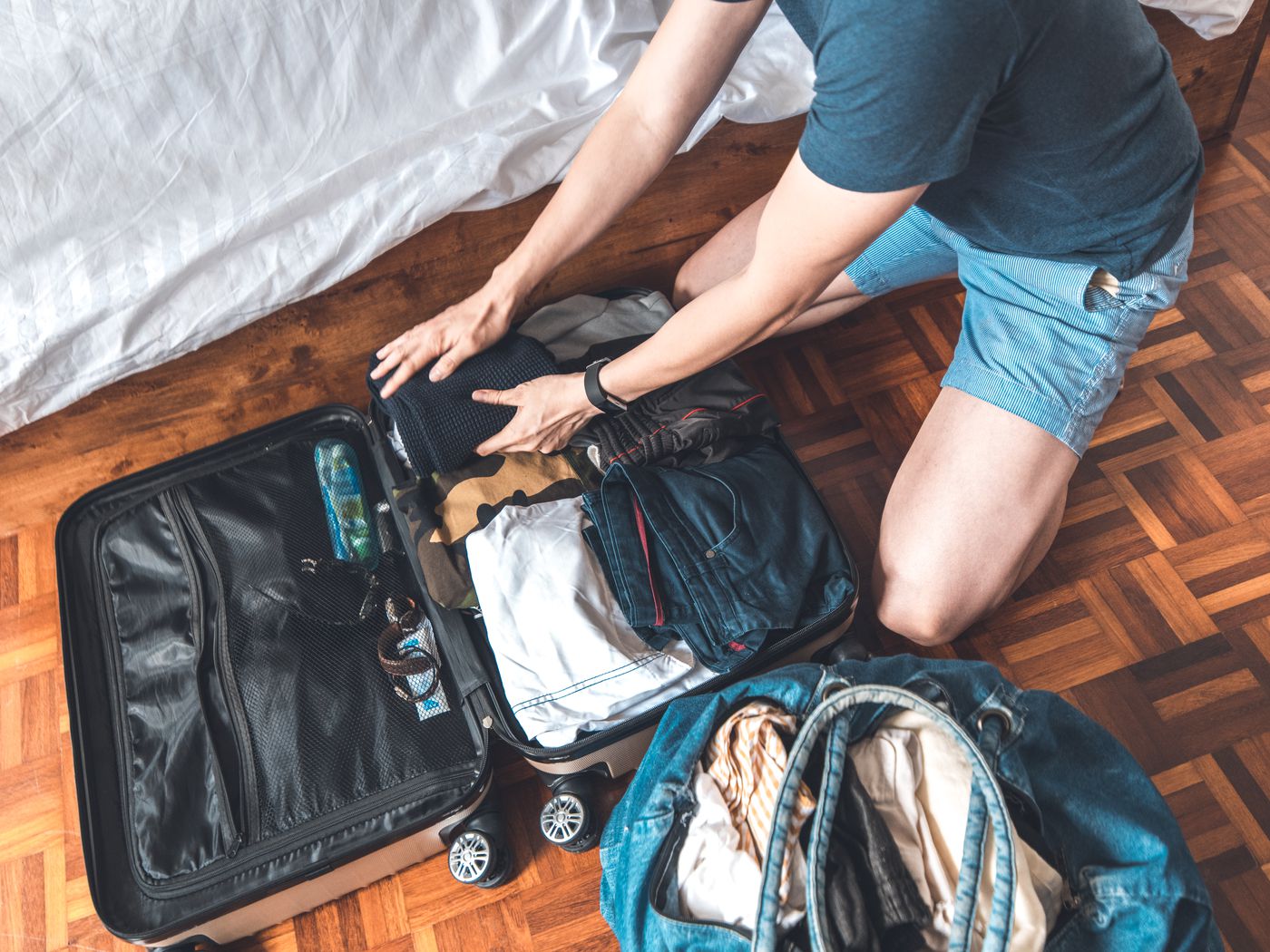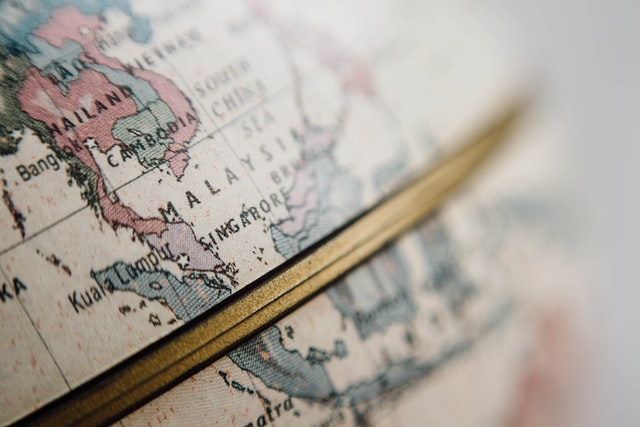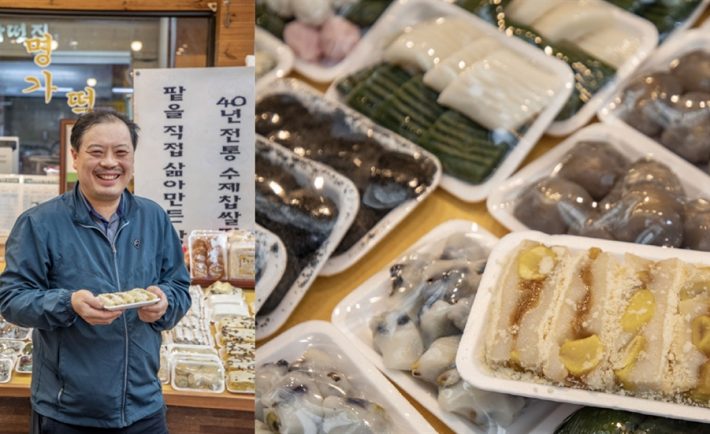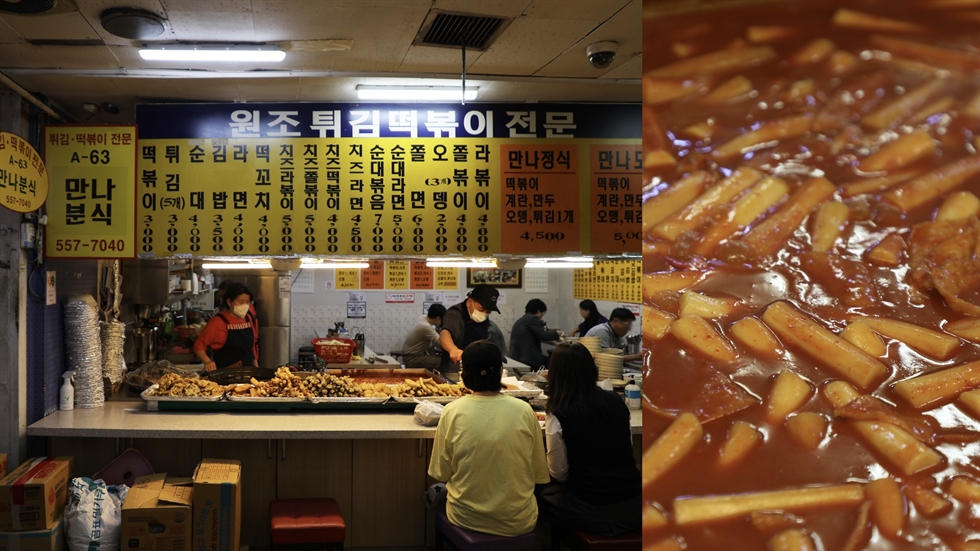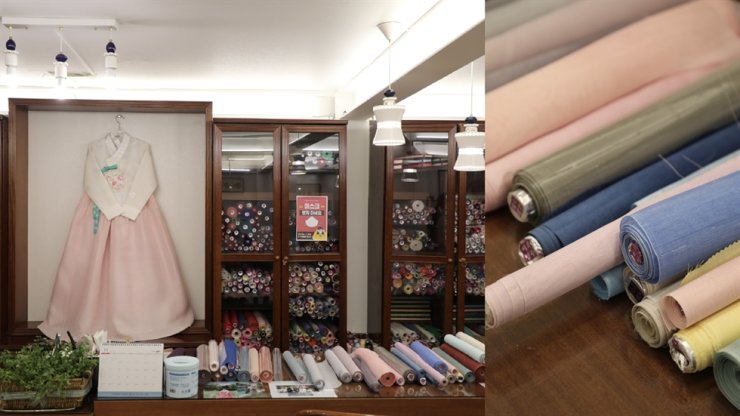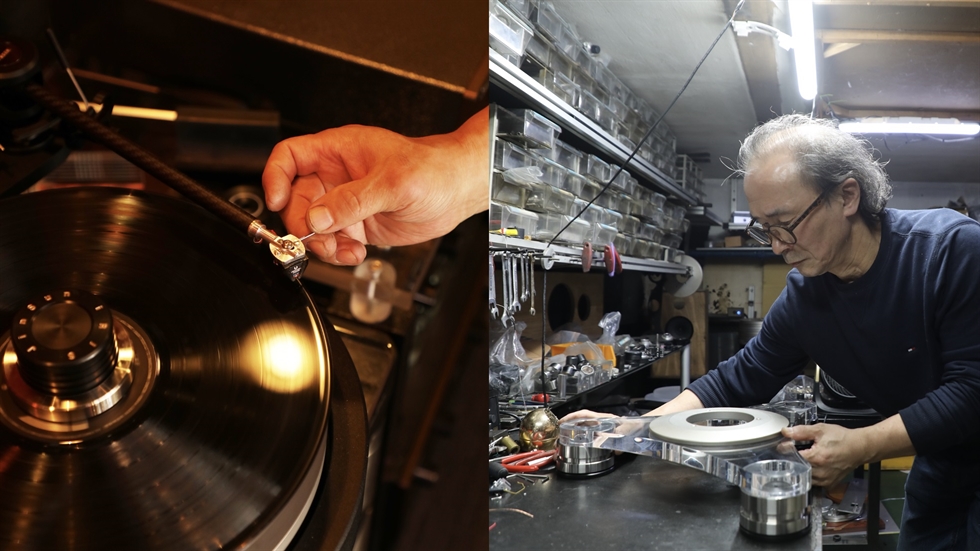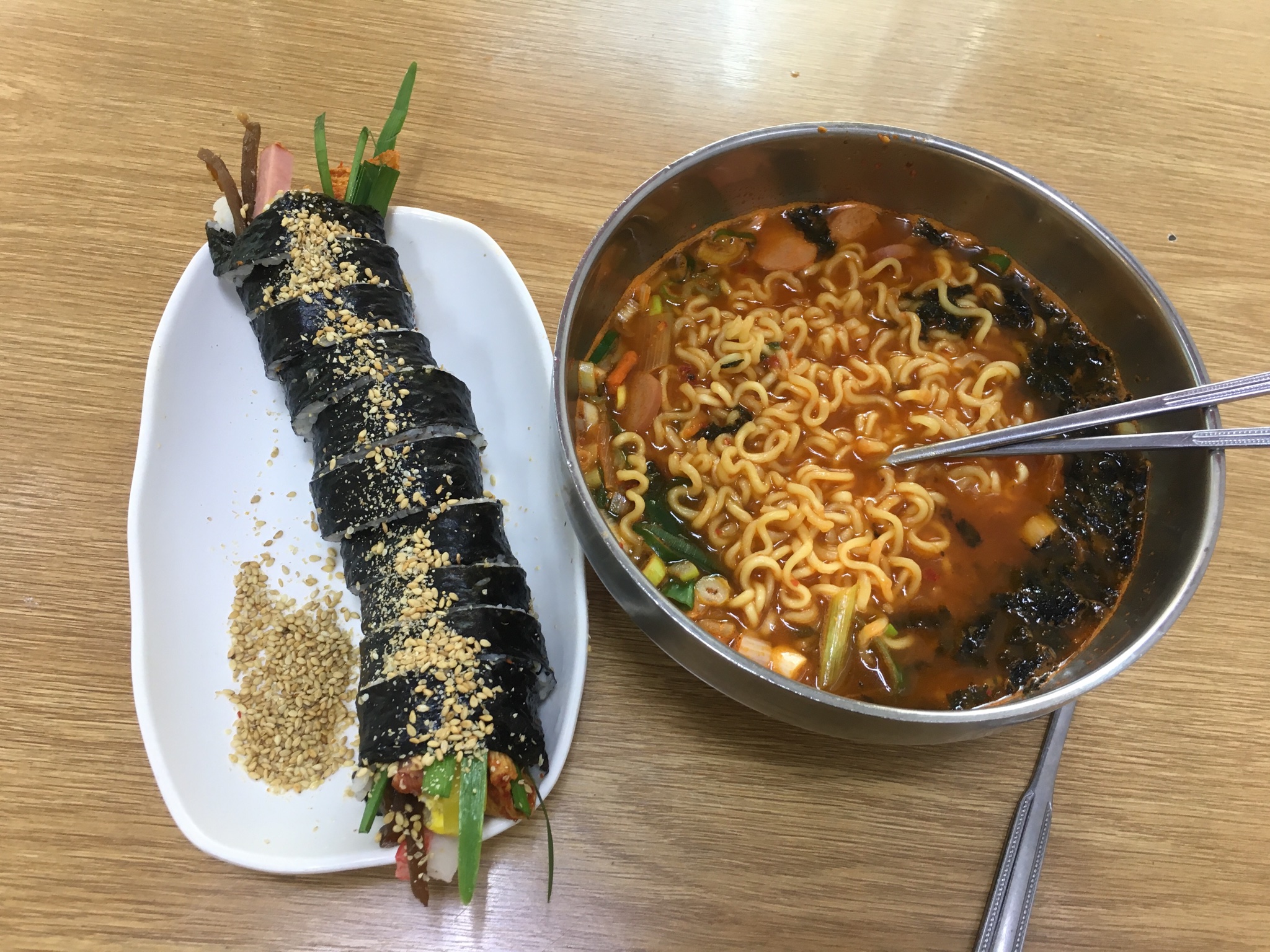When you pack light, you have greater freedom. You can effortlessly navigate through populated areas, zip through luggage claims, schedule last-minute arrangements without stressing about what to do with your belongings, and reduce the time spent lugging around your baggage if you’re shifting from hotel to hotel.
Traveling light is even more important given that many carriers impose penalties for suitcases that exceed dimensions or weight limits. Packing minimally for adventures may appear challenging at first, but as with any new skill, the more you do it, the more you learn and adapt.
This article gives you tips on how to pack light for traveling.
Wash it
Concentrate on pieces that dry swiftly and are simple to clean. If you’re going in the warmer months and it’s humid, you could consider washing your socks, gym clothing, undergarments, and possibly a couple of lightweight tops. If you’re staying in an Airbnb, make sure there’s at least one with a washer. If not, the bathroom sink will suffice.
Use organizers
To save room and keep your belongings orderly, roll your garments and use compression sacks or zip-lock bags. Loading with organizers allows you to quickly locate what you need without needing to rummage through your entire luggage. Also, compression bags flatten items by eliminating extra air, but be careful not to overpack.
Write a packing list
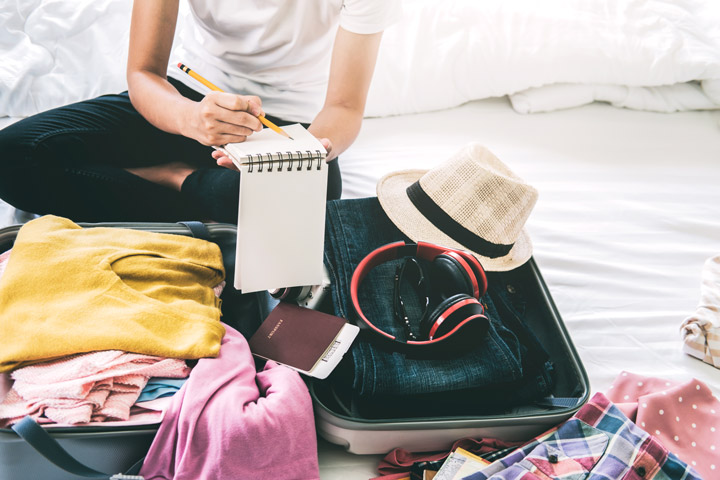
Image Credits: theportablewife.com
One of the most common mistakes people do while packing is taking out their luggage, packing what they need, and then adding more items they don’t need all in the name of having extra space. Make a checklist for yourself a few days before your vacation and keep to it. If you’re not sure what to bring since you’re clueless about what the trip needs, seek a packing list available on the web.
Wear the bulky items
Wear it instead of packing it if you require something substantial, such as a winter jacket. Carry your coat when going on a trip during wintertime. If bringing a coat for boarding is unfeasible, don’t bring one at all. When you arrive, buy an affordable piece and then dispose of it when you depart.
Hoodies and overcoats are the same way. We suggest omitting them in favor of the thinner ones. However, you can carry a thick sweater on cold-weather travels provided you wear it while in transit. Knits and hooded sweatshirts are ideal for chilly plane rides. Just don’t take up any of your valuable packing space with them.
Traveling light doesn’t have to mean losing coziness or fashion sense, but it does necessitate reconsidering travel items like coats and footwear. When it comes to preparing for a trip, minor increments like a kilogram here or there can quickly mount up. Whether you’re trying to travel with only a carry-on or simply want to reduce the size of your checked luggage, the packing recommendations in this article can assist.


